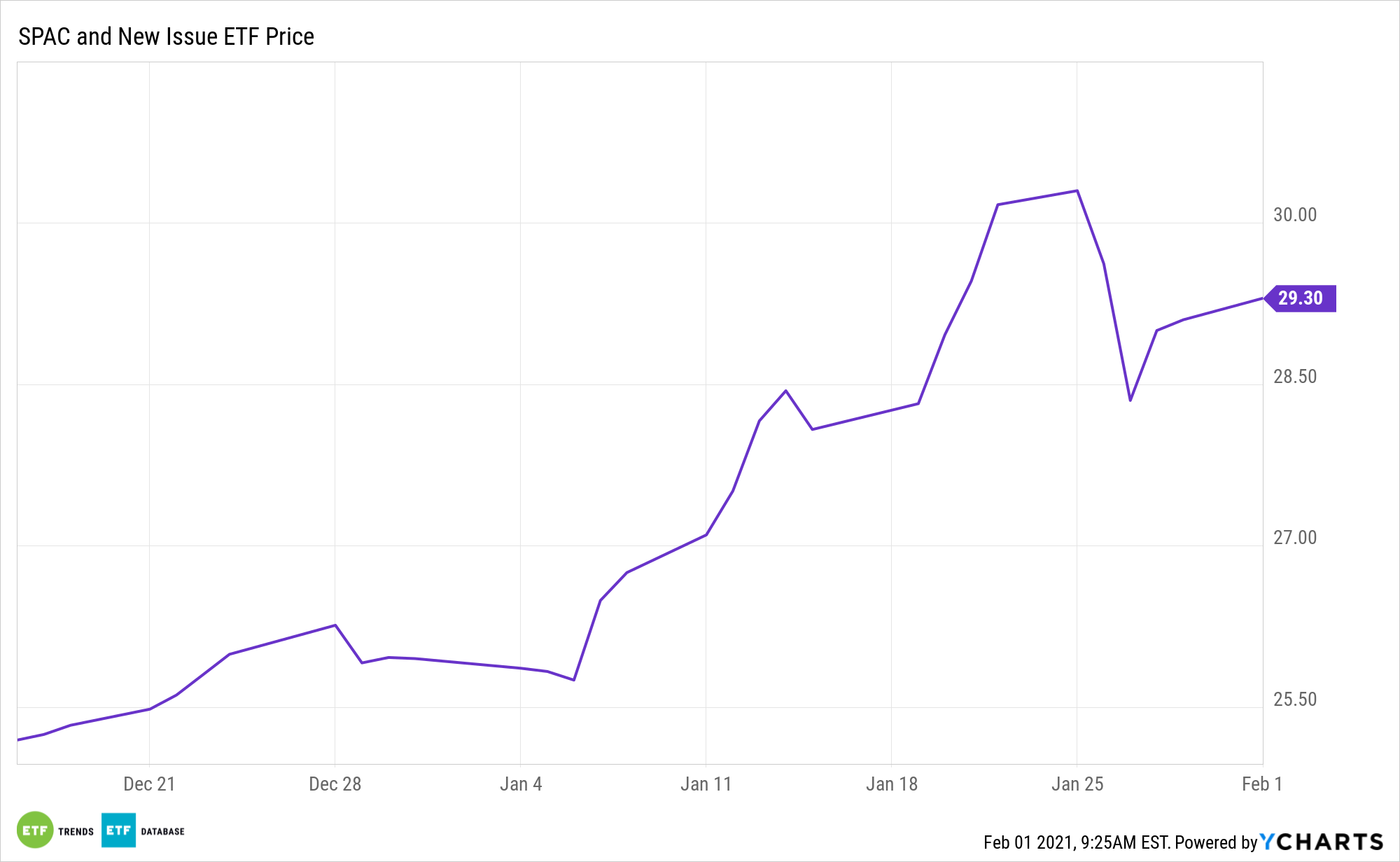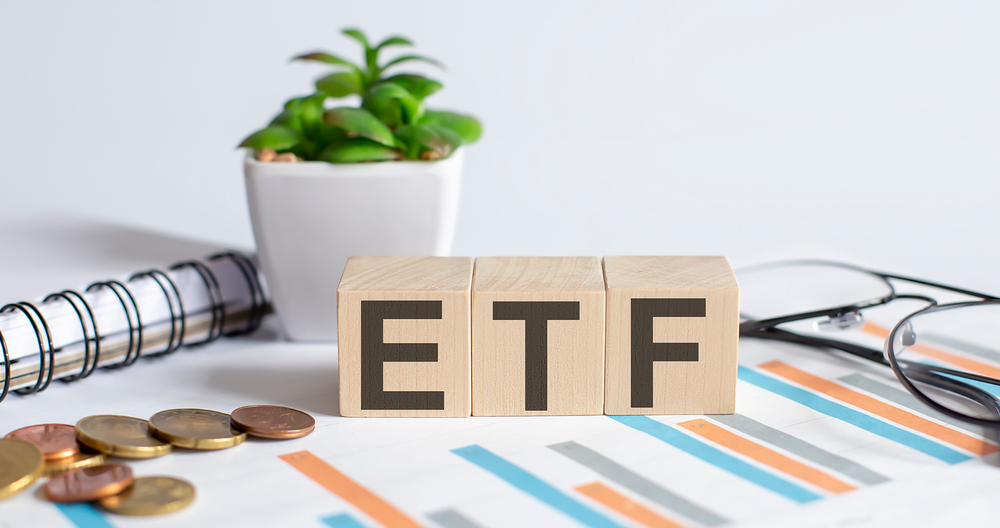Special purpose acquisition companies (SPACs) remain all the rage on Wall Street, and that theme is trickling down to the world of exchange traded funds. There are now three SPAC ETFs on the market, all of which are recent launches.
Competition is fierce in the exchange-traded fund (ETF) landscape, and differentiation is important for providers seeking to separate themselves from the masses. One trend that’s catching fire is special acquisition companies (SPACs), also referred to as blank check companies.
One of those funds is the SPAC and New Issue ETF (NYSE: SPCX), the first actively managed SPAC ETF. With the blank-check boom continuing in earnest, active management could be the way to go in terms of accessing this asset class.

SPCX’s active style has benefits in the SPAC universe.
“When looking at investing in a SPAC, focusing on the management team is key. Unlike a private equity fund, if you disagree with the management team and what the company bought, you can redeem your shares which is a major positive,” notes Robert Davis, a Partner and the Chief Investment Officer of Round Table Wealth Management.
Why SPACs Are Entering the Active ETF Space
SPACs have grown in popularity as they increasingly attract high-worth, credible sponsors. As the quality of their founders and the success of their merger companies grow, so does their integrity in the wider investment community.
Cementing the utility of SPAK is that the niche it addresses, though hot, is difficult to stock pick in, particularly before blank-check firms announce deals.
“Another positive of investing in SPACs is that it allows individuals to get a chance to experience the best fund managers they may otherwise not have access to. For example, not everyone is able to invest in Bill Ackman’s hedge fund. But with a SPAC, they can gain shares and access to his expertise as a professional money manage,” adds Davis.
Picking the winners of individual SPACs can be very difficult. The ETF structure allows investors to access the most liquid SPAC IPOs in a diversified basket. SPCX allows both financial advisors and retail investors to participate in an IPO private equity style of investing. Those are meaningful traits because many post-merger companies struggle after SPAC deals, underscoring the potential benefits of eschewing selection of individual names and embracing the fund’s active approach.
For more on active strategies, visit our Active ETF Channel.
The opinions and forecasts expressed herein are solely those of Tom Lydon, and may not actually come to pass. Information on this site should not be used or construed as an offer to sell, a solicitation of an offer to buy, or a recommendation for any product.








